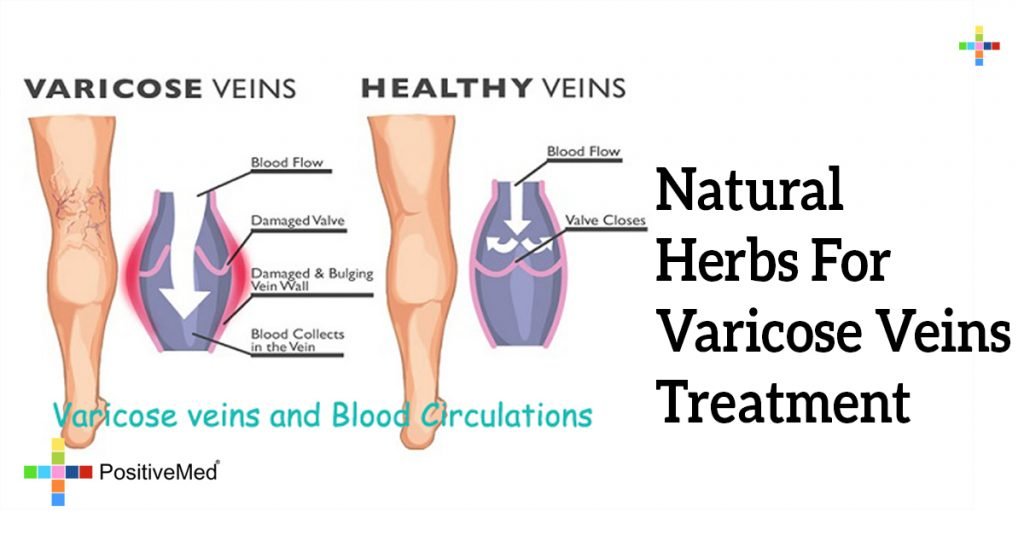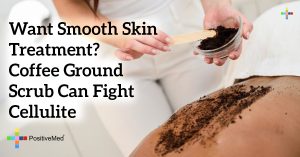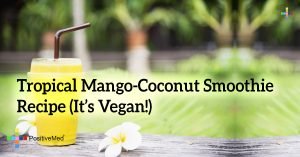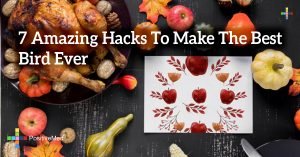
Varicose veins are swollen, bulging and twisted blood vessels, though they’re most common in the legs, varicose veins can occur in almost any part of the body and anything that increases pressure in the legs raises the risk of developing varicose veins: obesity, pregnancy, and activities that involve prolonged standing or heavy lifting.
Food sources are numerous and include berries, citrus fruits, parsley, red grapes, green tea, red wine and red cabbage, which are rich in flavonoids, the water-soluble pigments that give plants their color, a compound that tones veins and protects them from inflammation and oxidative damage. Several studies have shown a mixture of citrus bioflavonoids called rutosides to be helpful in treating varicose veins.
Horse chestnut:The herb’s active component is thought to be aescin, the extract of the seed of this tree counter inflammation, tone and protect veins, scavenge tissue-damaging free radicals and block enzymes that break down supporting tissue and it works as effectively as physician-prescribed compression stockings. Horse chestnut is the most popular herbal treatment for varicose veins in Germany.
Gotu kola:A tropical plant that enhances the integrity of blood vessels and speeds wound healing, it also keeps small vessels from “leaking,” thereby decreasing swelling. Thrice-daily topical application of gotu kola extract is also helpful.
Butcher’s broom:A yellow-flowered shrub that tones the veins by its anti-inflammatory and astringent properties. Butcher’s broom extract inhibits enzymes that degrade structural components of veins and render small vessels less permeable.
Witch hazel:Rich in anti-inflammatory substances and tannins, the extract of the bark of this North American tree has a long tradition of topical use for skin inflammation, hemorrhoids and varicose veins.
Bilberry extract:Rich in flavonoids called anthocyanosides that can also be helpful. Give herbs a chance.












